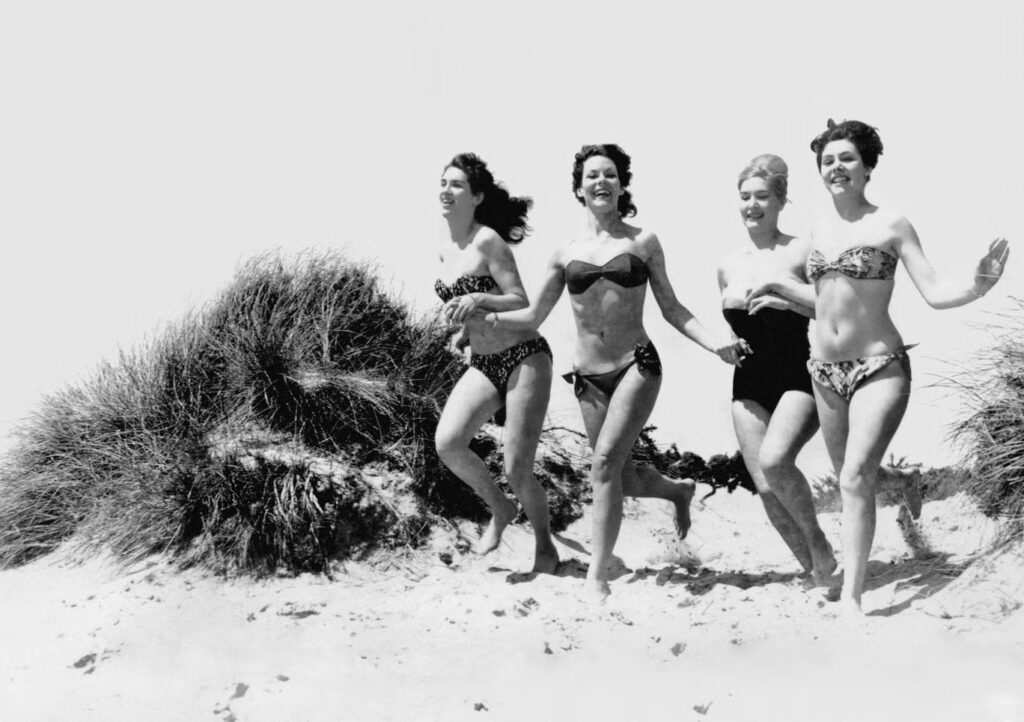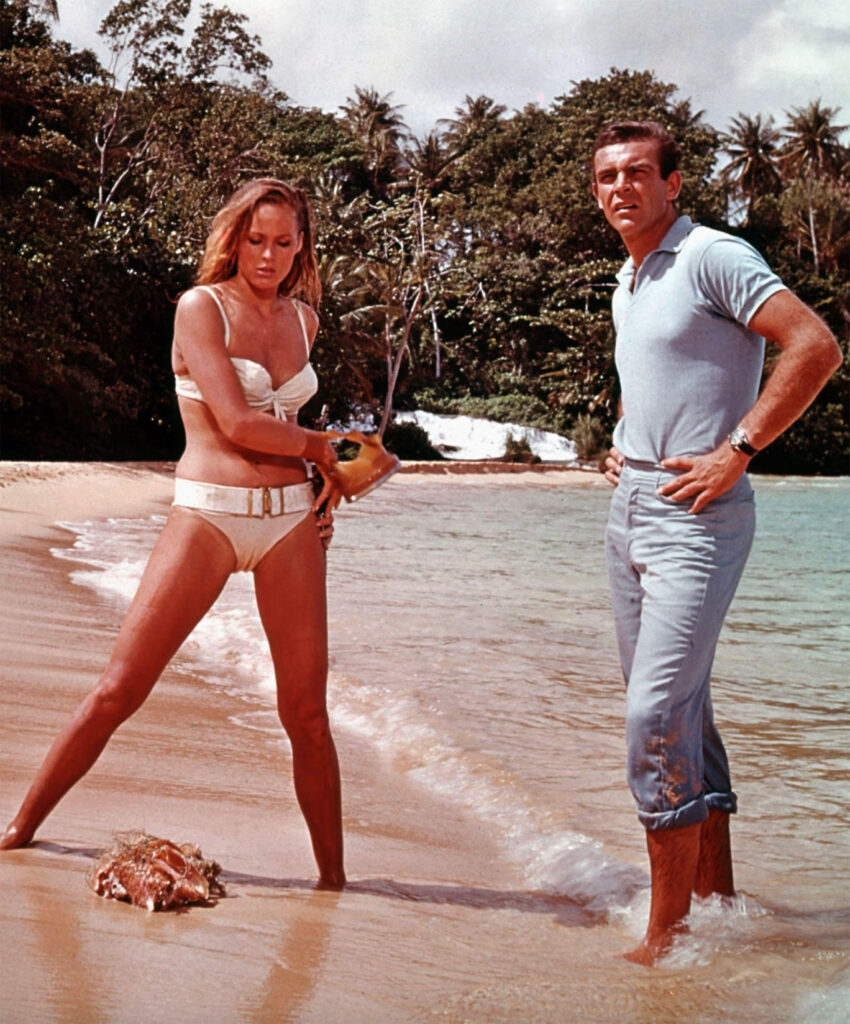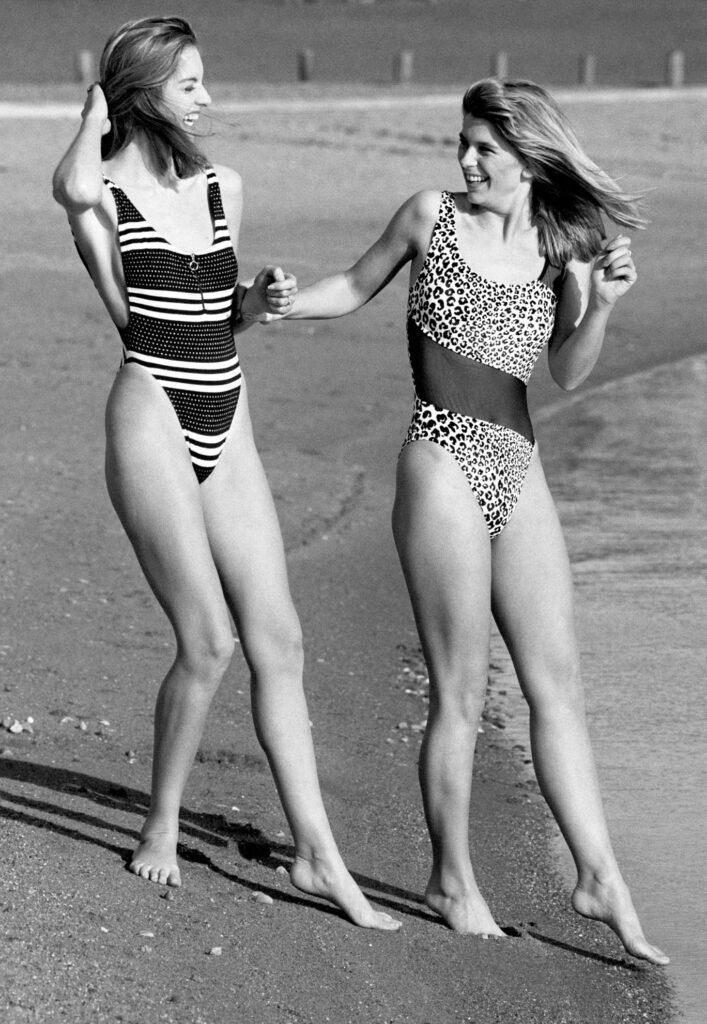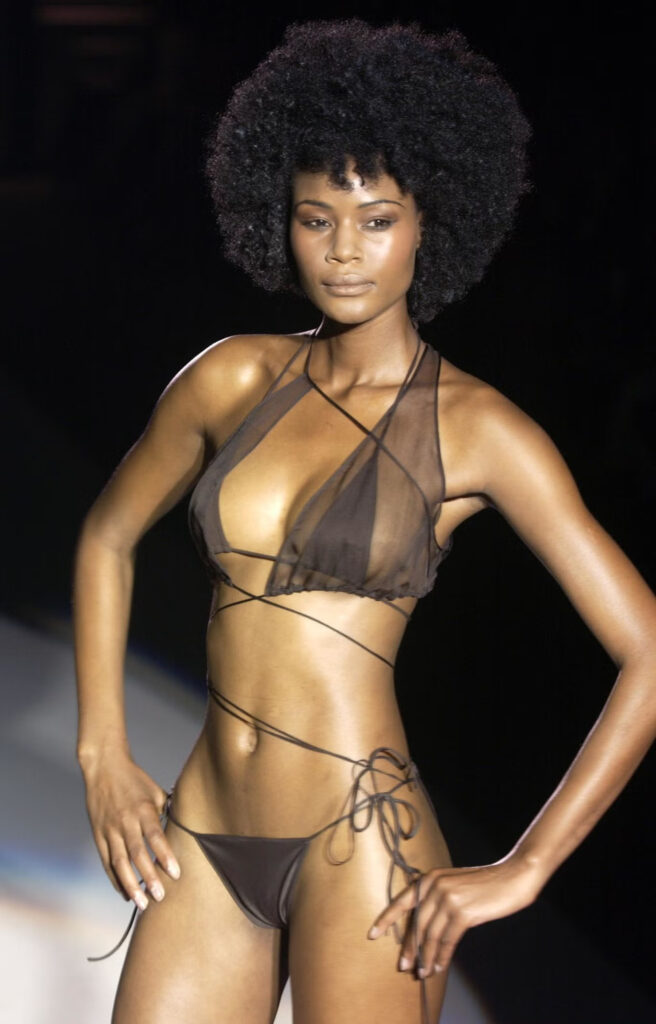Eighty years after its explosive debut, the bikini remains one of fashion’s most provocative and enduring icons—a tiny garment with a massive cultural impact.
Once described by legendary fashion editor Diana Vreeland as “the most important thing since the discovery of the atomic bomb,” the bikini has long sparked both controversy and celebration. From scandalous beginnings to a symbol of empowerment, this minimalist swimwear has reflected shifting cultural norms and attitudes toward body image, fashion, and freedom.
The Birth of a Bombshell
Long before the bikini made headlines, seaside swimwear in the 19th and early 20th centuries was modest and conservative. That changed in July 1946, when French engineer-turned-designer Louis Réard unveiled a radical new swimsuit in Paris—named after the Bikini Atoll, site of recent nuclear tests. He hoped his creation would cause just as much of a shockwave.
Inspired by women on the beaches of Saint-Tropez rolling down their suits to sunbathe, Réard designed a two-piece suit that bared the midriff and, most shockingly, the navel—then considered indecent. Only one woman, exotic dancer Micheline Bernardini, agreed to model it at the Molitor pool in Paris.

The suit itself was a scant arrangement of fabric printed with snippets of Bernardini’s fan mail. Packaged in a tiny metal box just 6cm wide, it was dubbed “the first anatomical bomb.” The media and the public were stunned—and intrigued.
The 1950s: Resistance and Rebellion
Though initially banned on some beaches, the bikini began gaining traction thanks to celebrities like Brigitte Bardot, who wore one during the 1953 Cannes Film Festival. Her image—a carefreef 18-year-old in a floral two-piece—captured a new postwar spirit of rebellion, femininity, and freedom.
The 1960s: From Taboo to Trend
The 1960s ushered in a new wave of bikini popularity, largely thanks to Hollywood. The defining moment came in 1962, when Ursula Andress emerged from the sea in Dr. No, wearing a white belted bikini. It became one of the most iconic scenes in film history and fetched $61,500 at auction decades later.

Other cultural milestones followed: Sue Lyon’s floral bikini in Lolita, Raquel Welch’s fur-clad version in One Million Years B.C., and the bikini’s growing role as a fashion statement. By the late ’60s, in a climate of social change and feminist activism, the bikini evolved into a symbol of bodily autonomy and liberation.
The 1980s: Innovation and Influence
By the 1980s, bikinis accounted for 20% of swimsuit sales in the U.S. But with growing health awareness—particularly about sun exposure—sales dipped in favor of more modest, protective styles like high-cut one-pieces.

New variants emerged: the tankini and camikini offered midriff coverage while maintaining the appeal of a two-piece. Television shows like Baywatch, and models like Cindy Crawford, helped shape the era’s swimwear aesthetics.
The 1990s: High Fashion Meets Swimwear
The minimalist trends of the ’90s saw the bikini return to prominence, this time with a luxury twist. In 1996, Chanel shrank the bikini and adorned it with its iconic logo, while Gucci, under Tom Ford, introduced a risqué ombré thong version complete with a bold metal “G.” The bikini was now a high-fashion statement.
2000s to Today: Controversy and Cultural Evolution
Even in the 21st century, the bikini continues to challenge cultural norms. In 2013, a commercial featuring Pamela Anderson in a bikini was banned in the UK for being “sexist and degrading.” That same year, Cambridge University banned an all-male student club’s annual bikini jelly wrestling event, highlighting the tension between objectification and empowerment.

At the same time, the industry has grown more inclusive and diverse. Today’s bikini embraces all body types, genders, and design expressions. Once revolutionary for exposing the navel, it now represents freedom, self-expression, and personal choice.
Valued at over $800 million globally, the bikini’s influence shows no sign of fading.
A Legacy That Endures
From its explosive origins to its current status as both fashion staple and cultural symbol, the bikini has traversed a remarkable path over the past 80 years. Whether worn in protest, performance, or personal pleasure, this small swimsuit continues to make a big statement.
Whatever its future holds, one thing is clear: the bikini is here to stay.



















